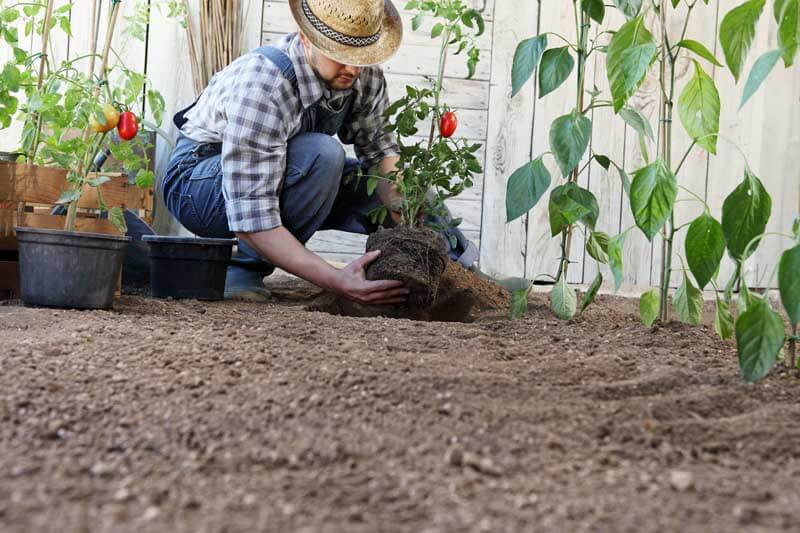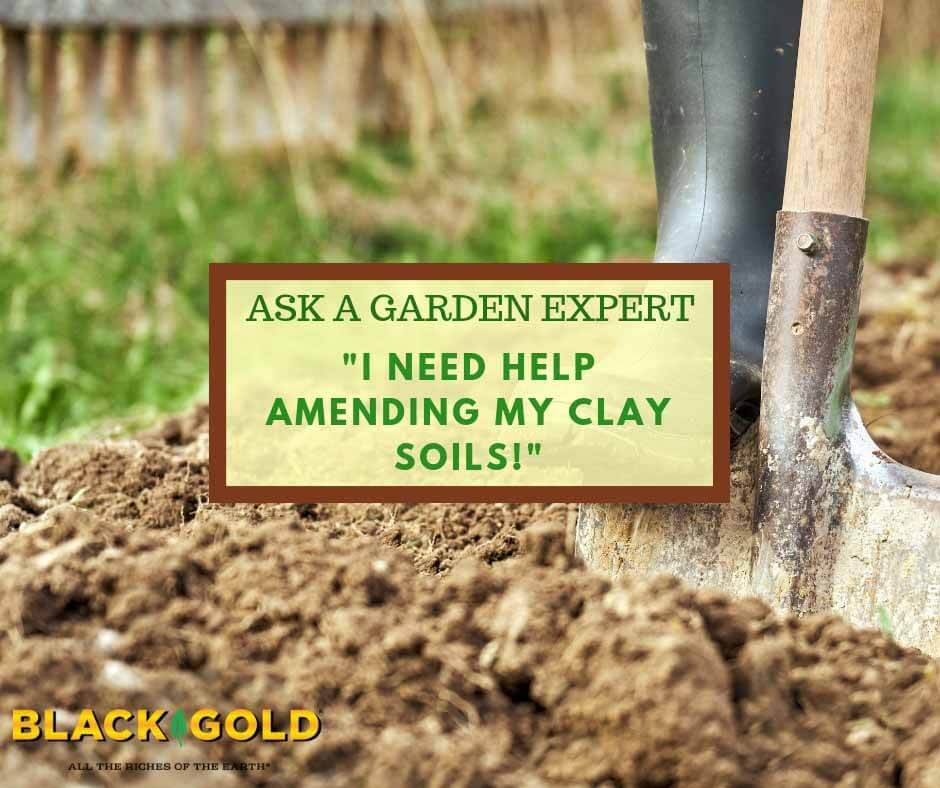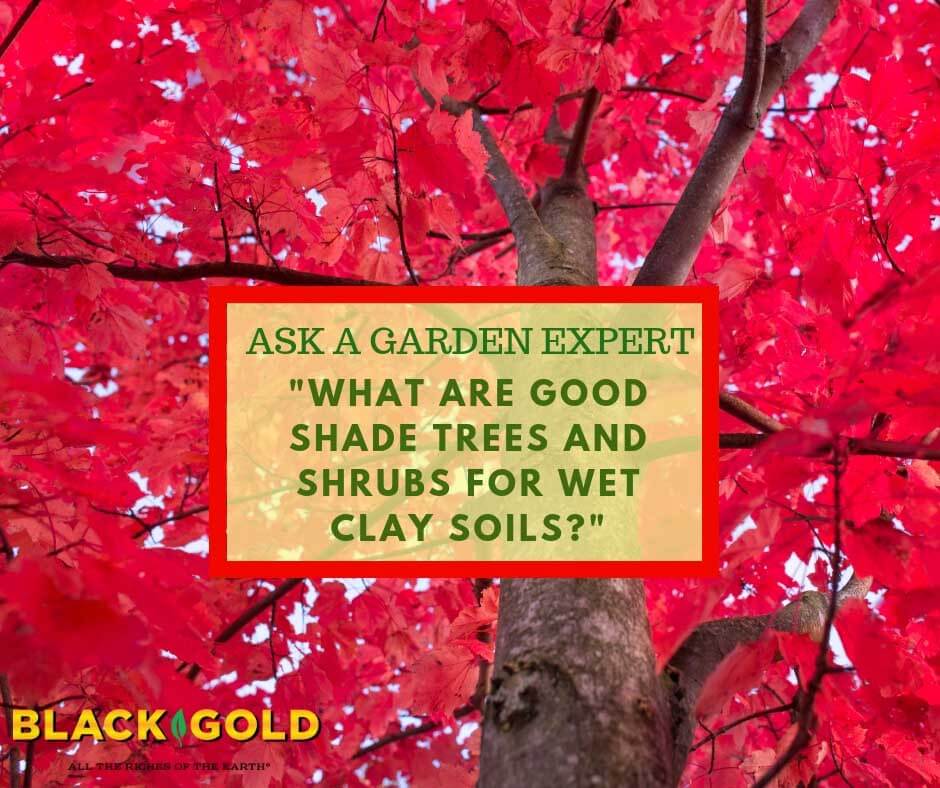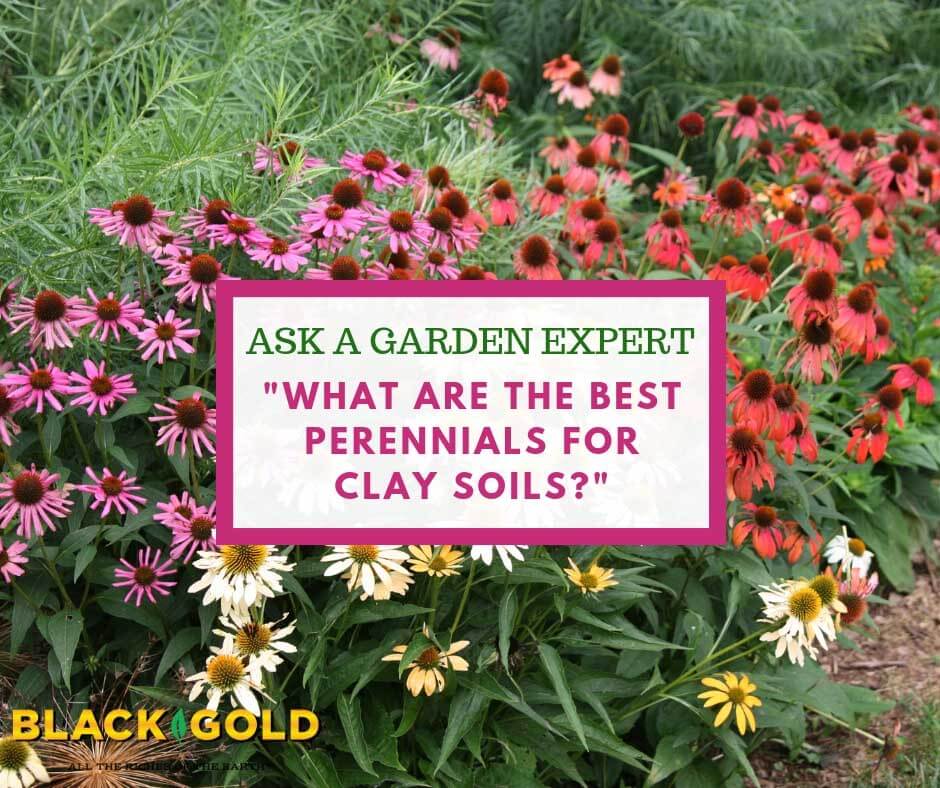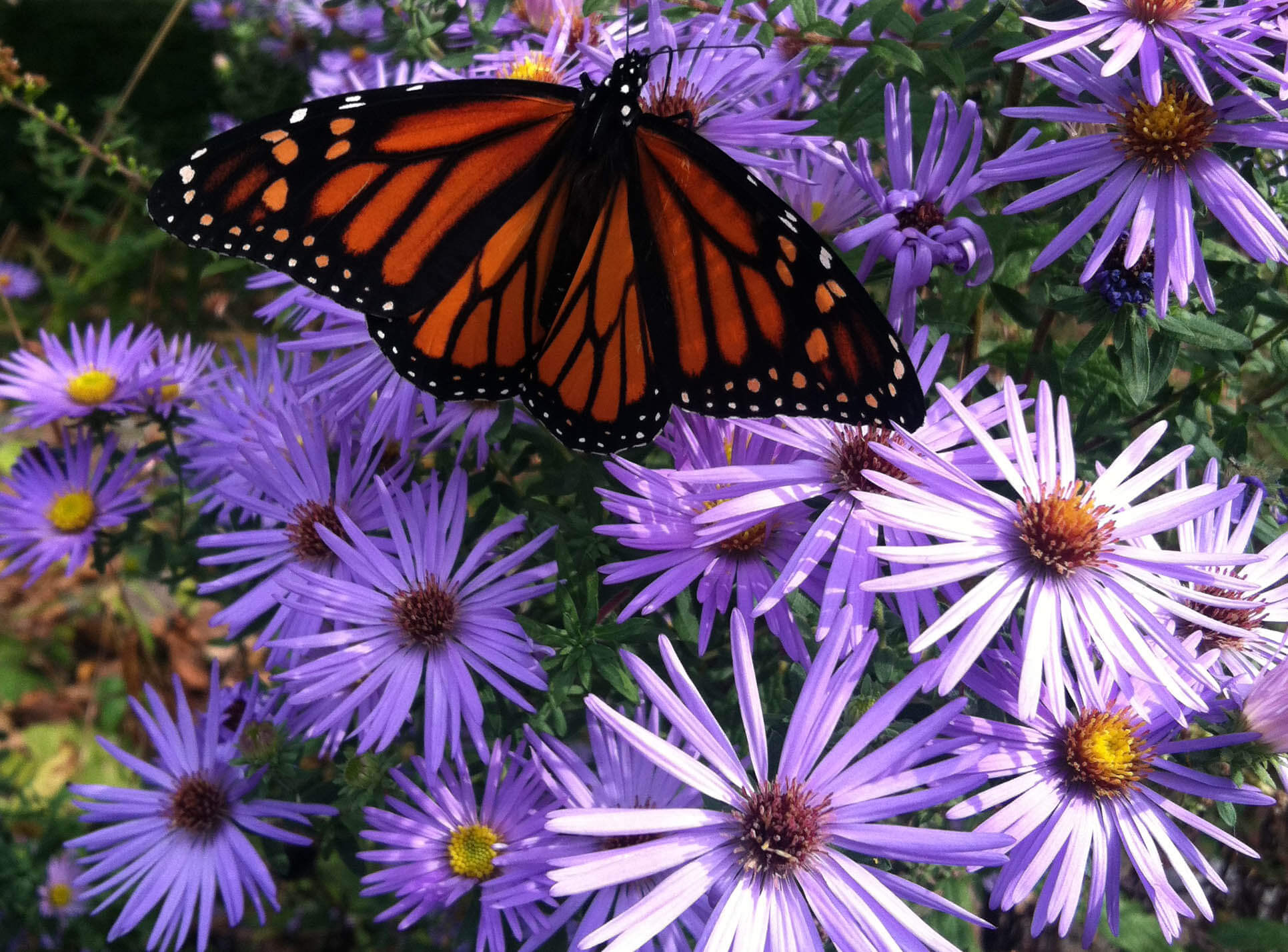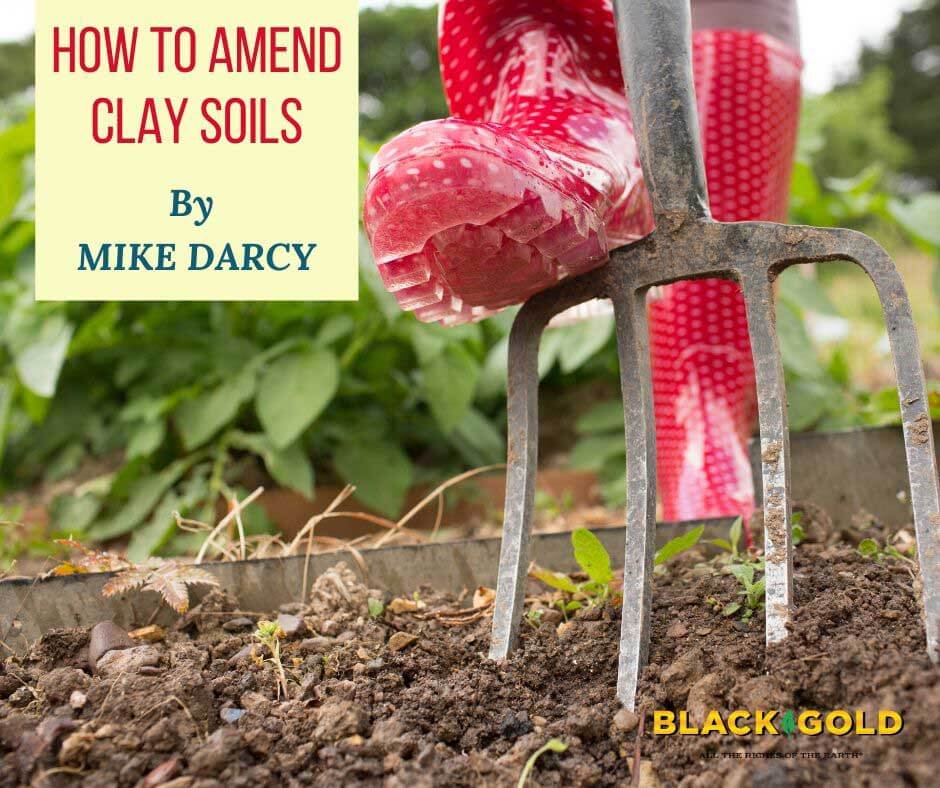
One of the garden necessities that should never be overlooked is having the right soil for the right plant, which often means having good, fertile loam. For our plants to perform at their very best, it is our job to give them the best soil we can, but clay soils can make this a challenge. The best time to thoroughly amend the soil for a garden plant is at the time of planting, which is why it pays to work hard to enrich clay garden soils from the start.
Clay Soil Properties
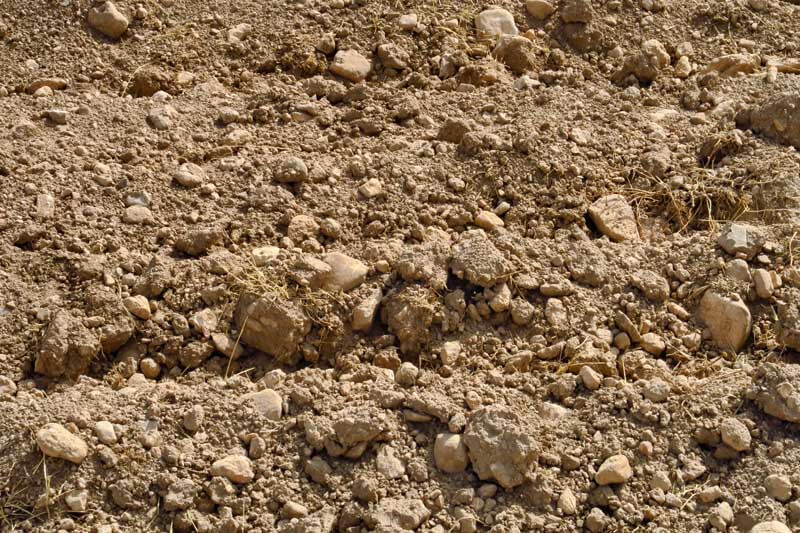
The mention of clay soil to many gardeners will probably make them shudder. I had a gardener once tell me that clay was meant for making pottery, not for growing plants! Clay soils are mineral soils with very small particles. These are generally low in organic matter and have very small pore spaces, making it difficult for plant roots to penetrate and gather needed air and water. That’s why too much clay in the soil can be a detriment to plant growth. Plant roots need a balance of air pockets (for oxygen) and available water, but in heavy clay soils, air pockets are very small and scarce. As water seeps into the fine pore spaces of clay soil, the spaces quickly become fully saturated, leaving no room for air, and water percolates or drains through the small pores very slowly. Many plants grow poorly in these soil conditions.
But, while a clay soil is often a curse to gardeners, it does have some benefits. Clay particles capture nutrients and ward off the loss of soil nutrients by leaching. It also holds water well, so amended clay can have good fertility and water retention capabilities. The key is physically breaking the clay up and mixing in large quantities of light, porous organic matter to create structural balance to support good plant health.
Clay Soil Amendment
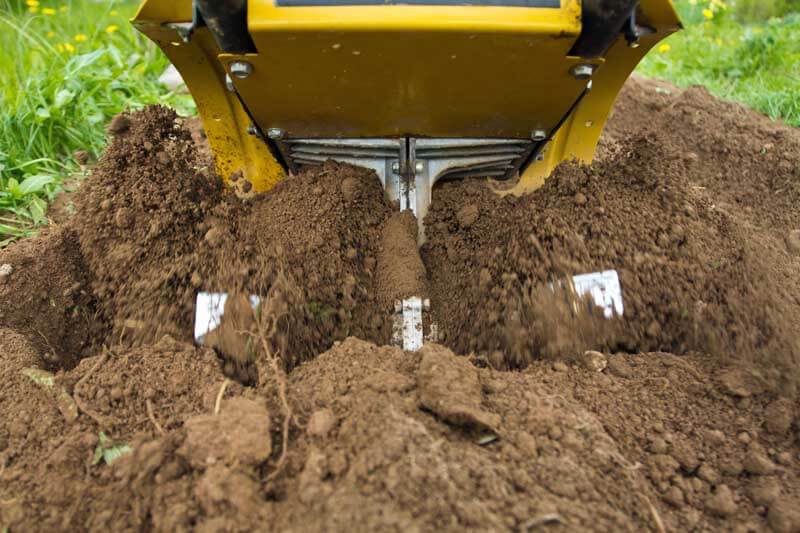
For a home gardener with heavy clay soil creating a garden or planting in the landscape is a task. It is essential to work up and fortify the soil in all beds and planting areas. Clay soil is easiest to amend when it has a light amount of moisture and is easily dug. Work up the soil with either a tiller or use a spading fork to manually break it up as deep as you can–a depth of 1 to 2 feet is good, depending on what you are planting. As the soil is turned over and loosened, it is gaining air pockets. Expose the broken up clay to the sun and air for a while, then break it up further. Once the clay is as light as can be, it’s time to add lots of organic matter.
 The addition of large amounts of organic matter will transform clay soil. Both Black Gold Peat Moss and Black Gold Garden Compost Blend will do wonders. Add these products to your gardens at a ratio of one part organic matter to two parts soil for lasting fertility. Be sure that they are well incorporated to help maintain air pockets and soil loft. These products will ‘open’ heavy clay soils, improve drainage, and allow water to move more freely. Once everything is incorporated, apply fertilizer as needed, and get planting.
The addition of large amounts of organic matter will transform clay soil. Both Black Gold Peat Moss and Black Gold Garden Compost Blend will do wonders. Add these products to your gardens at a ratio of one part organic matter to two parts soil for lasting fertility. Be sure that they are well incorporated to help maintain air pockets and soil loft. These products will ‘open’ heavy clay soils, improve drainage, and allow water to move more freely. Once everything is incorporated, apply fertilizer as needed, and get planting.
Over time, organic soil amendments will break down. Adding Black Gold Garden Compost Blend, leaf mulch, or fine bark mulch to the top of the soil yearly will annually benefit soils and help maintain fertility. Treating clay soil is not a one-time ‘thing,’ but rather a continuous process with a top dressing applied at least once a year. Twice would be better. If you are amending a vegetable garden or other annual bed, add in a wealth of organic matter each year because vegetables are demanding crops.
Other Amendment Considerations
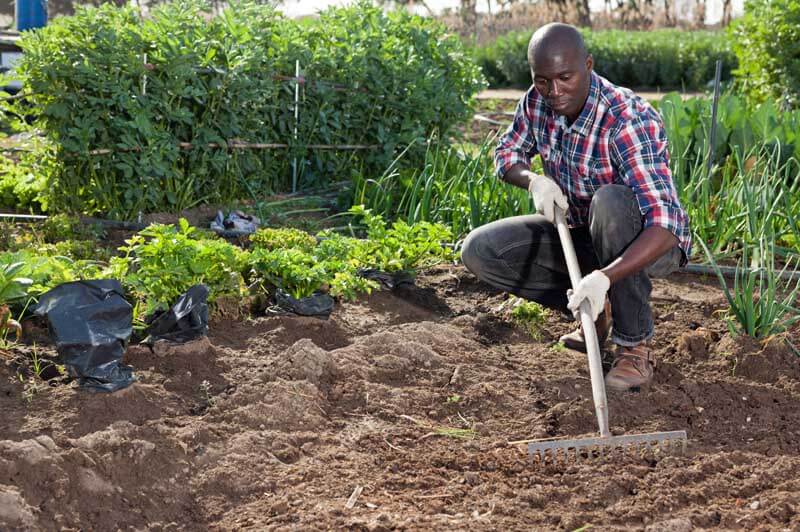
I have been fortunate in my garden and have not had to deal with heavy clay issues. Nonetheless, I always add some compost to new plantings, in addition to mineral additives, like perlite and crushed pumice. I have found that these two products help with drainage and tend to keep the soil looser. Of course, container planting is much easier because plants are either planted annually or upgraded and transplanted regularly. No amendment needed.
Consider a plant’s basic requirements for optimum growth– air, water, nutrients, and a suitable environment. Highly fertile garden soil is one of these requirements. When you can provide the essentials, your plants will thank you!
